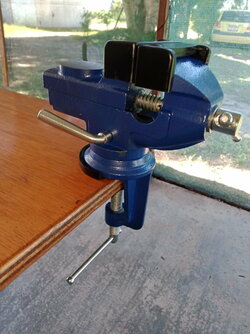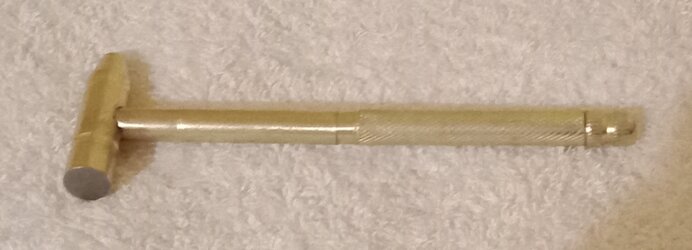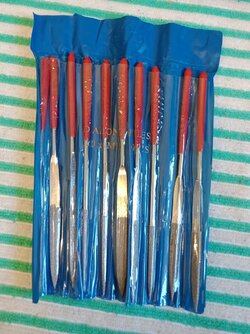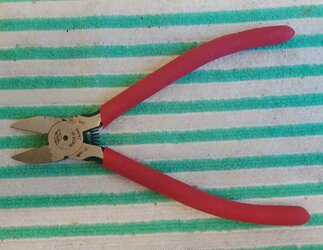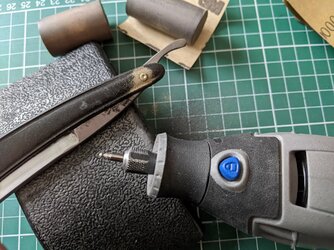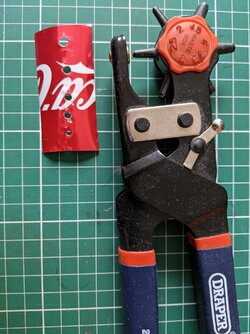What equipment would someone require to remove and replace razor scales?
100 years of gunk and grime continues to flow from the pivot pin area of my lastest rescue razor. So far I have been regularly flooding the area with Ballistol. That is certainly loosening things up but the proper way would be to remove and replace the scales.
Any suggestions for a beginners set up?

100 years of gunk and grime continues to flow from the pivot pin area of my lastest rescue razor. So far I have been regularly flooding the area with Ballistol. That is certainly loosening things up but the proper way would be to remove and replace the scales.
Any suggestions for a beginners set up?

